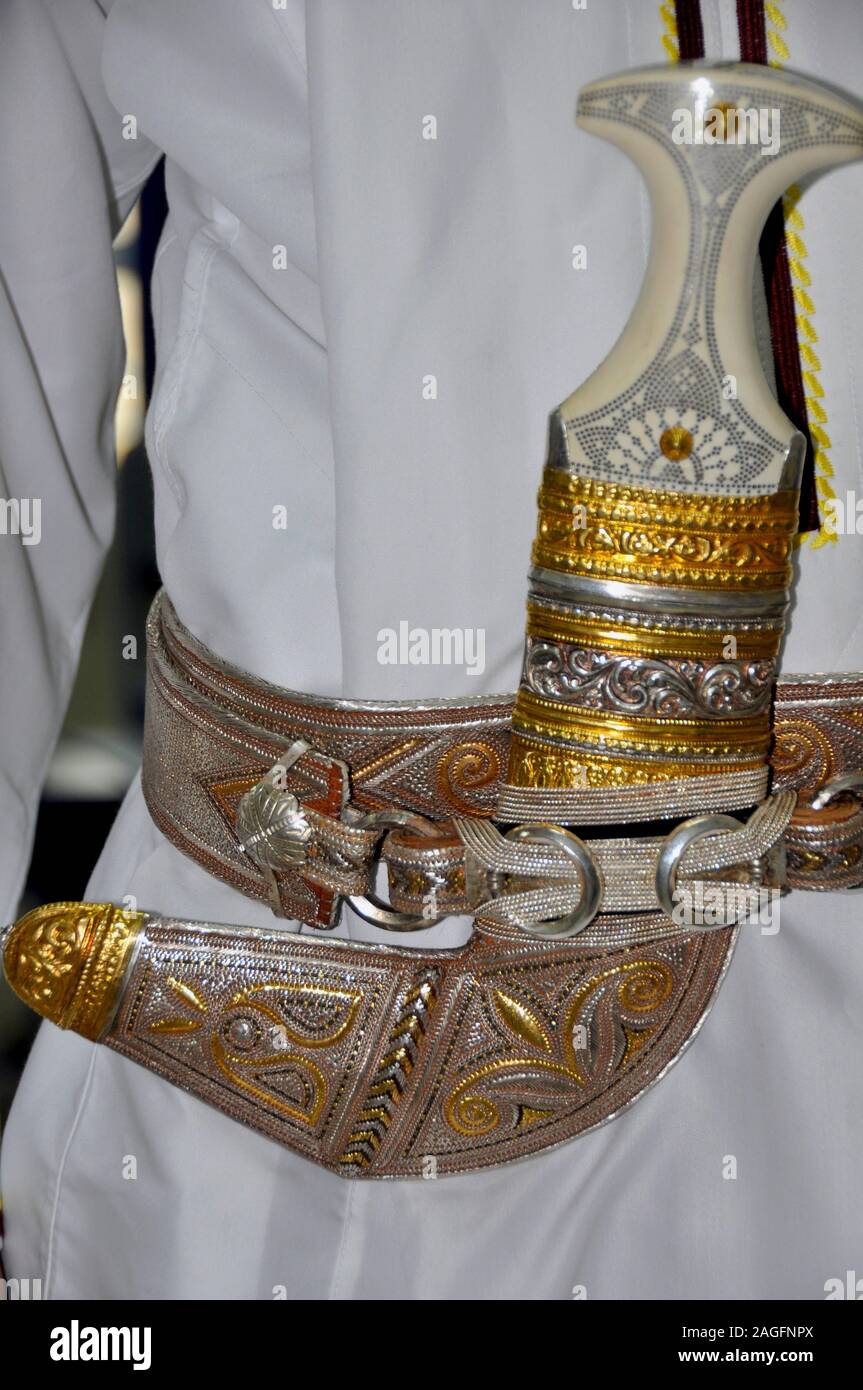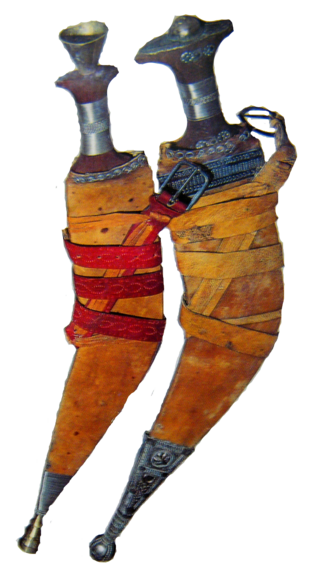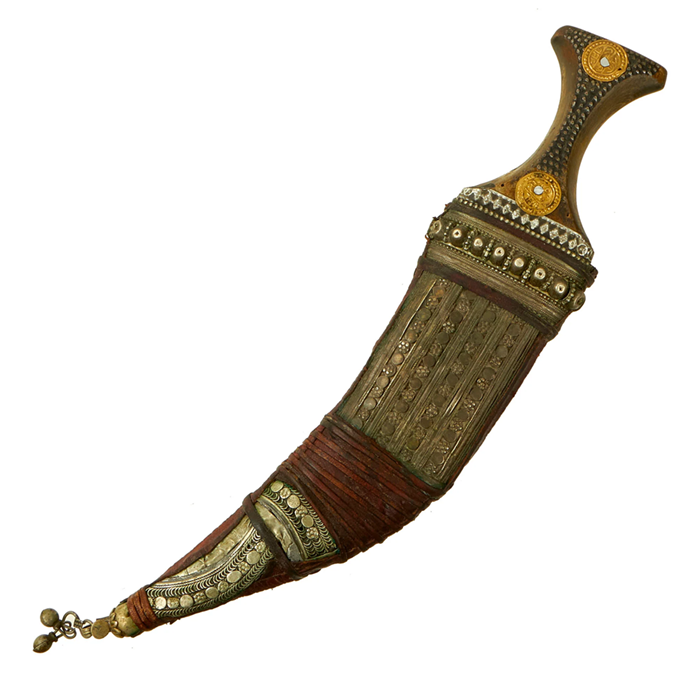Idilinaa
VIP
I believe it's a regional wear. @Shimbiris touched on how Northeast Africa and Arabia belong to the same cultural region. They even dressed in the same white robe motif .
Went over it on this thread with pictures and drawings: Have a read
Even in the early modern era the inhabitants of the Horn, Sudan, Southern Egypt (Lower Nubia) and Chad largely dressed in that white-robes motif:
It makes me laugh when they single out Labo Oo Go(Two Robes) as uniquely and distinctly Somali , when Arabians wore the exact same thing . They call it Ihram clothing.
This was pretty common , even greeks and the romans used to dress like that with the Toga, until it became gradually more common to wear tailored fitted garments expressing wealth and a greater access to fabrics through trade or production.
There are other examples like the short dagger that both Somali, Afar and Omanis/Yemenis carry. So regionally we just share a lot of the same style.
This is a description of Northern Eastern Somalis in 1242 by the Chinese
I want to add another description but of North Westerners. Tailored Thobes and colorful robes was worn by Somalis throughout the middle ages. Here is a description of Awdal leaders dress code from the 1400s
''And the robes of the Sultan and those of his leaders were adorned with silver and shone on all sides'' Exact description of the dress code of the guys in picture up above, especially the one in the middle.

''And the dagger he [the sultan] carried at this side was richly adorned with gold and precious stones''
The dagger decorations is probably similar to this based on the descriptions in the above text.

A Somali North-Western Qolxad Dagger.

Yemeni Jambiya Dagger

Went over it on this thread with pictures and drawings: Have a read
Even in the early modern era the inhabitants of the Horn, Sudan, Southern Egypt (Lower Nubia) and Chad largely dressed in that white-robes motif:
The Horn and Arabia have influenced each other for millennia.
It makes me laugh when they single out Labo Oo Go(Two Robes) as uniquely and distinctly Somali , when Arabians wore the exact same thing . They call it Ihram clothing.
Medieval Islamic Civilization
Even in the pre modern period you saw a few Arabian tribes to continue wear it.pre - Islamic Arabian mode of dress was characterized by loose , flowing , untailored garments
This was pretty common , even greeks and the romans used to dress like that with the Toga, until it became gradually more common to wear tailored fitted garments expressing wealth and a greater access to fabrics through trade or production.
There are other examples like the short dagger that both Somali, Afar and Omanis/Yemenis carry. So regionally we just share a lot of the same style.
Somalis have been wearing this attire since the 9th century. This was recorded by the Chinese during that period.

https://www.jstor.org/stable/3087496
Page 6
This is a description of Northern Eastern Somalis in 1242 by the Chinese
I want to add another description but of North Westerners. Tailored Thobes and colorful robes was worn by Somalis throughout the middle ages. Here is a description of Awdal leaders dress code from the 1400s
''And the robes of the Sultan and those of his leaders were adorned with silver and shone on all sides'' Exact description of the dress code of the guys in picture up above, especially the one in the middle.

''And the dagger he [the sultan] carried at this side was richly adorned with gold and precious stones''
The dagger decorations is probably similar to this based on the descriptions in the above text.

A Somali North-Western Qolxad Dagger.

Yemeni Jambiya Dagger

Last edited:

